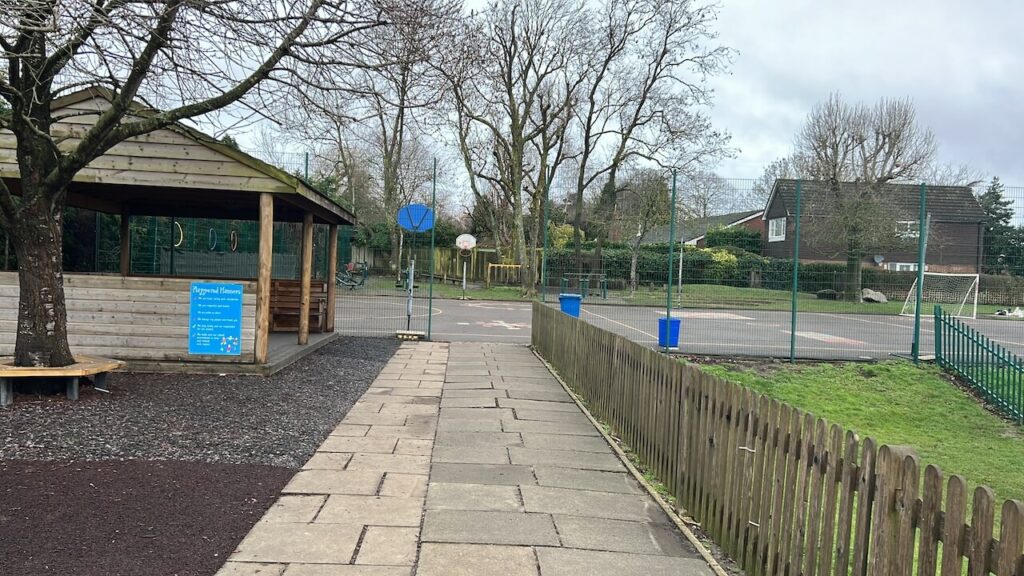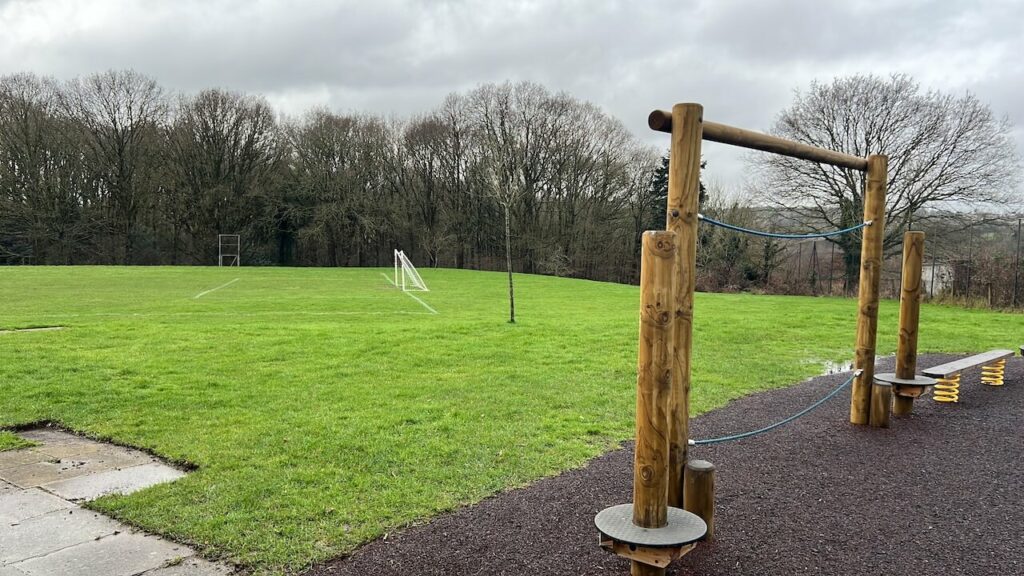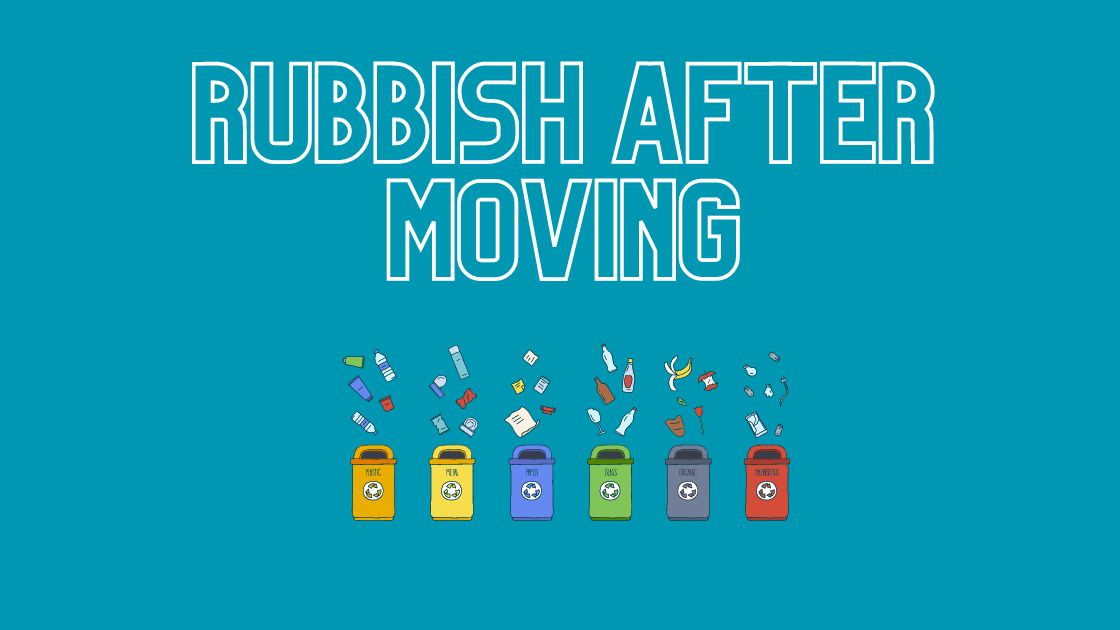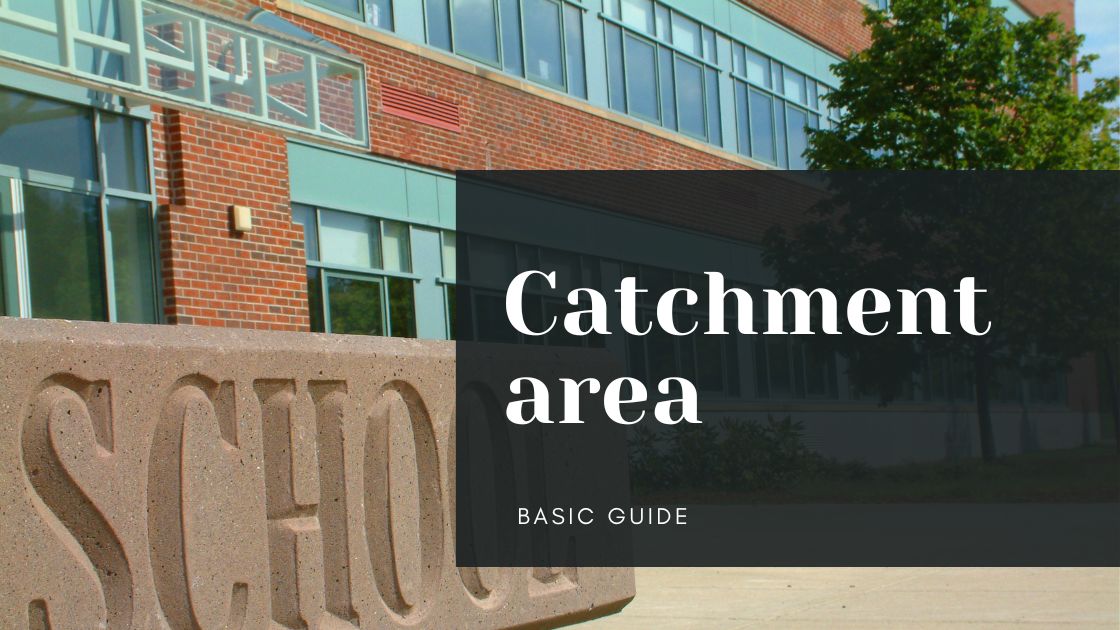Deciding to change your child’s school is always taken seriously. It’s a journey filled with uncertainty, hope, and the relentless pursuit of happiness and fulfilment for our little ones. This decision becomes even more paramount when faced with the realisation that their current educational environment falls short of meeting their emotional or academic needs.
What drives us is the belief that a better setting can dramatically transform our child’s school experience, igniting a newfound passion for learning and social engagement.
Like many others, our personal journey underscores a school’s profound impact on a child’s well-being and development. It reminds us that the right environment is key to unlocking a child’s full potential.
Why Change Schools?
The decision to change schools is deeply rooted in our desire for our children to thrive, not just academically but emotionally and socially. When we noticed our children’s happiness dwindling and their enthusiasm for school days fading, we knew it was time to reassess.
It wasn’t just about poor grades or complaints about homework. The light in our child’s eyes dimmed, their laughter became less frequent, and their stories about school days turned into tales of endurance rather than excitement.

Our Journey to Change
Realising that change was necessary led us on a path filled with apprehension and hope. We questioned the choice of school and our roles as parents. Could we have done something differently? Was moving the right choice? The process was emotionally taxing, filled with second-guessing and what-ifs.
Yet, the dramatic change we witnessed in our child post-move was nothing short of miraculous. From a child who once viewed school with dread, we saw a transformation into someone who couldn’t wait to leave the house each morning. New friendships blossomed, and so did our child’s confidence and joy with them.

How to Change Schools: A Guide
Changing schools in the UK might seem daunting, but understanding the process can demystify and simplify it. Barnet Council’s school change process is an example of a clear pathway to a successful transition.
The process begins with thoroughly researching potential new schools, understanding their admissions criteria, and assessing availability.
Applications are then submitted through the council’s dedicated admissions portal, which, while straightforward, demands attention to detail and deadlines. Patience is vital, as is preparation for the next steps once a place is confirmed.
What to Look for in Your New School
When looking for a new school for your child, the decision-making process extends far beyond academic rankings. Look for an environment where the social, emotional, and intellectual side of your child will thrive.
Funding and Resources
The financial health of a school is often reflected in its facilities, extracurricular offerings, and quality of education. A well-funded school is likely to have better resources, from modern science labs and art studios to well-stocked libraries and sports facilities.
School Tour
Visiting the school provides invaluable insights you can’t get from brochures or websites. Pay attention to the condition of the facilities and the level of engagement in classrooms. Are the children happy, curious, and involved? The answers to these questions can give you a real sense of whether the school fits your child.
Class Mix
Understanding the demographic and social mix of the classroom is crucial. It offers clues about the school’s inclusivity and the social environment your child will be part of. A diverse classroom promotes a more holistic understanding of the world. It prepares children to thrive in a global society by fostering empathy, respect, and communication skills from a young age.
Teacher Interaction
Teachers play a major role in your child’s education, serving as educators and as mentors and role models. Meeting potential teachers allows you to gauge their enthusiasm, teaching philosophy, and approach to individual student needs.
Curriculum Review
Delving into the curriculum gives you a sense of the school’s academic rigour and approach to learning. Does it offer a balanced program that includes arts, physical education, languages, and core subjects? A curriculum that challenges students while providing ample support is key to fostering a love for learning.
Child’s Opinion
Lastly, but most importantly, consider your child’s feelings and opinions about the school. After all, they are the ones who will be spending a significant part of their day there. Discuss their thoughts and feelings about the schools you are considering.
Their input is invaluable and ensures they feel like they are part of the decision-making process, which can help ease the transition and set them up for success in their new school environment.
Bottom Line
Our journey through changing schools taught us the importance of listening to our instincts and, more importantly, to our children. The dramatic turnaround in our child’s outlook on school underscored the profound impact the right educational environment can have. For parents contemplating this significant decision, remember: you are not alone.
The path may be uncertain, but the destination—a happier, more fulfilled child—is undoubtedly worth it.










































































